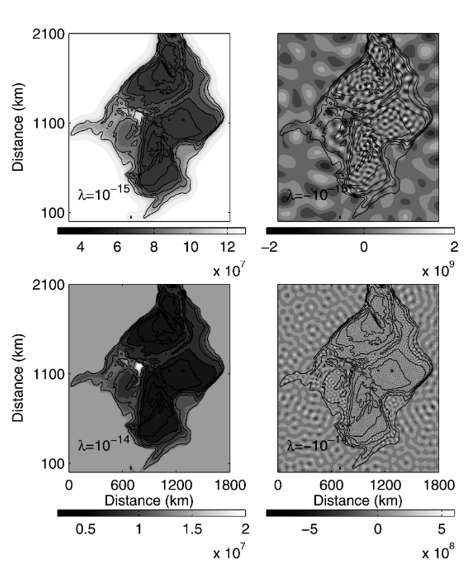While maximal principles are common in physics, they are less familiar in climate science, meteorology and oceanography. But some of the studies that exist are promising, suggesting that the climate system operates near a state at which entropy production is maximized, and that ocean currents align with bathymetry such that another quantity (enstrophy) is minimized.
In the project, we will apply a range of maximum principles to various problems, from atmospheric heat transport (particularly the “Arctic amplification” of global warming) to the density stratification of the ocean.
This will involve analytical calculations and the use of numerical optimization techniques. The candidate will thus gain experience in mathematical and numerical techniques, which will be useful in a wide range of applications.
The overarching goal is the development of simplified models, by which climate scenarios can be studied quickly and the ocean circulation deduced in prehistoric times.
Requirements
- The ideal applicant has a masters degree in physics, geoscience, applied math or fluid dynamics, with strong computational skills.
- She/he is strongly motivated and willing to take a leadership role in the project.
Supervisors
Professor Joseph Henry LaCasce
Professor Morten Hjorth-Jensen
Call 2: Project start autumn 2022
This project is in call 2, starting autumn 2022.
